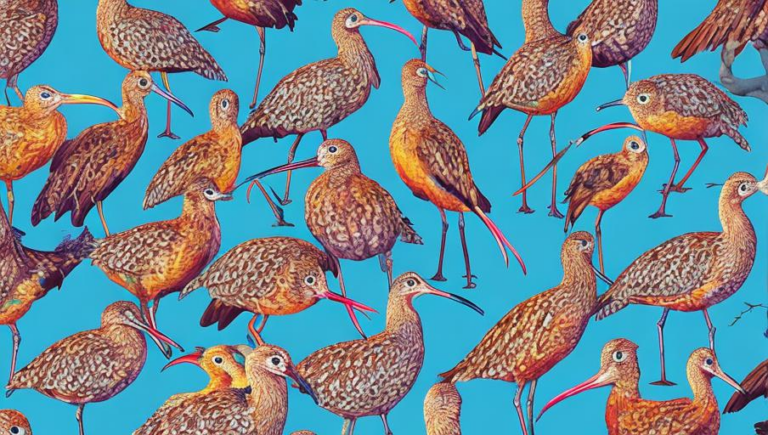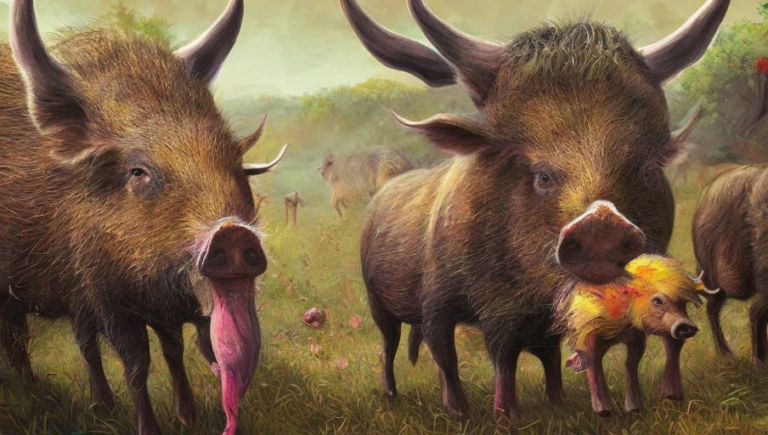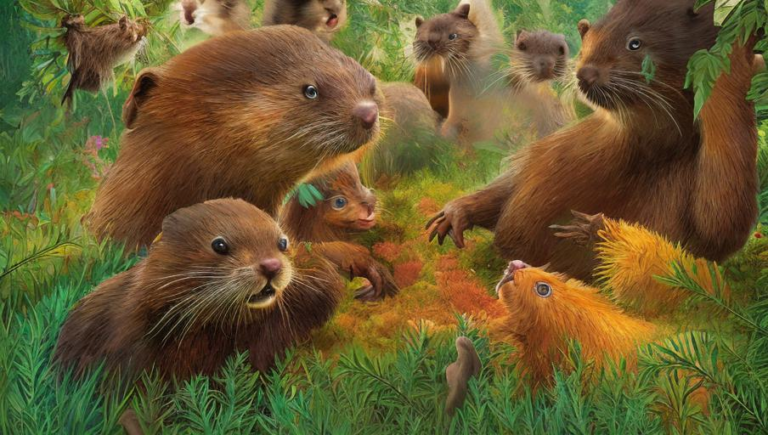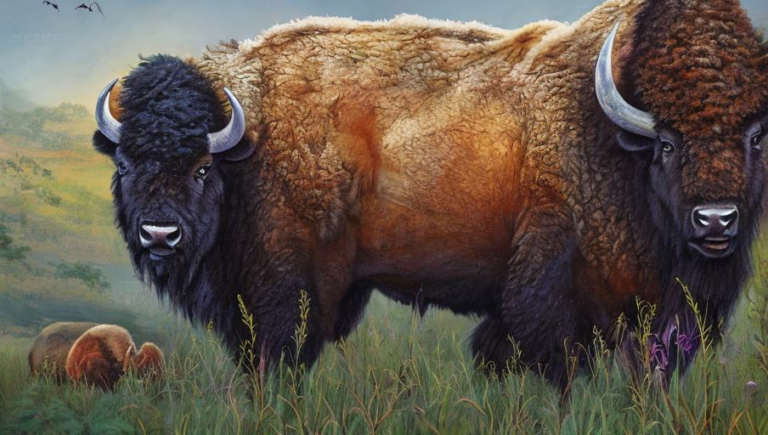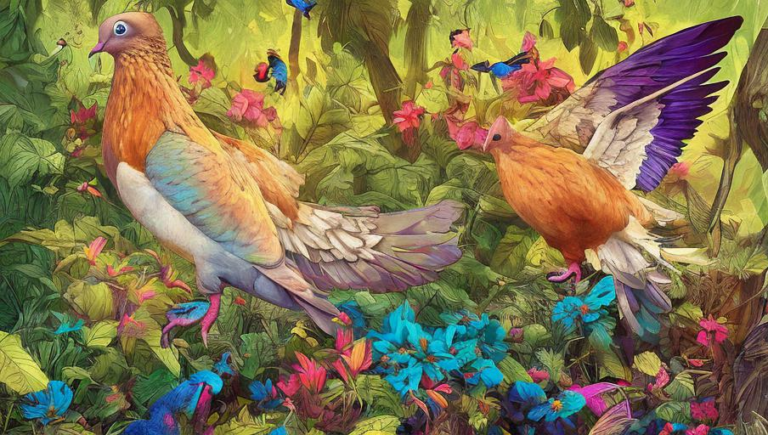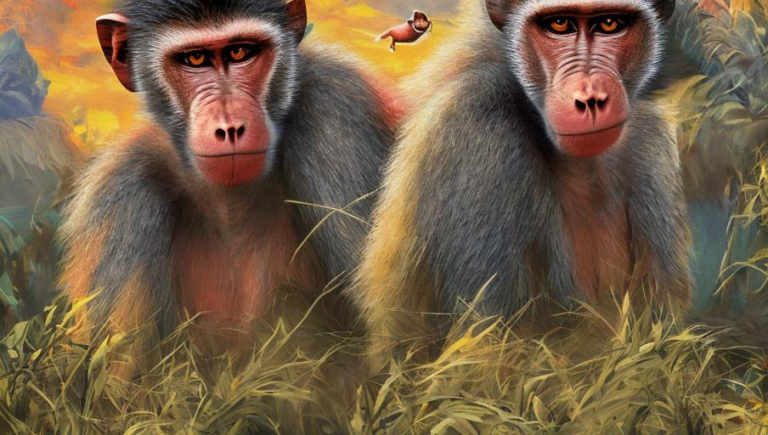Human Interaction With Crabs
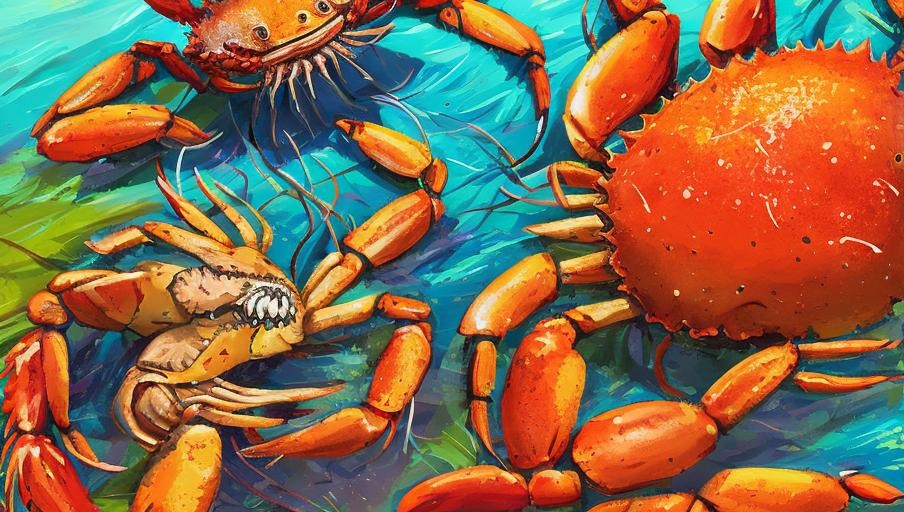
Introduction
Crabs are a fascinating species of crustacean that live in a variety of habitats, from the ocean to freshwater streams. They are an important part of the food chain and the ecosystem, and many people enjoy interacting with them. In this article, we will explore the different ways humans interact with crabs, and the potential benefits and drawbacks of this interaction.
Harvesting Crabs
One way humans interact with crabs is by harvesting them for food. Many species of crabs are harvested for their meat, which is considered a delicacy in many cultures. In some cases, the crabs are harvested sustainably and the population is closely monitored to ensure the species is not overharvested. In other cases, however, the harvesting of crabs can be unsustainable, leading to overharvesting and decreased populations. It is important to ensure that any harvesting of crabs is done in a sustainable manner to protect the species.
Recreational Fishing
Humans also interact with crabs through recreational fishing. Crabbing is a popular activity in many areas, and it can be both a fun and educational experience. When done responsibly, crabbing can be a great way to enjoy the outdoors, learn about the different species of crabs, and help protect the species from overharvesting. It is important to follow all local regulations when crabbing, as some species may be protected, and to release any crabs that are not large enough or of the right species to keep.
Human-Crab Interactions in the Wild
Humans can also interact with crabs in the wild. In some areas, it is possible to observe crabs in their natural habitat, such as at the beach or in a pond. This can be a great way to observe the behavior of crabs and learn about the different species. It is important to remember to never touch or disturb the crabs when in their natural habitat and to leave the area as it was when you arrived.
Benefits and Drawbacks of Human-Crab Interactions
Human interaction with crabs can have both benefits and drawbacks. Harvesting crabs can provide food for humans, and recreational fishing can be a fun and educational way to enjoy the outdoors. However, it is important to ensure that any harvesting of crabs is done in a sustainable manner to protect the species, and to always follow local regulations when crabbing. Additionally, it is important to remember to never touch or disturb wild crabs, as this can have a negative impact on the species.
Conclusion
Crabs are an interesting and important part of the ecosystem, and there are a variety of ways humans can interact with them. Harvesting crabs for food and recreational fishing can be beneficial in some cases, but it is important to always ensure that any harvesting is done sustainably. Additionally, it is important to remember to never touch or disturb wild crabs. By following these guidelines, humans can enjoy interacting with crabs in a responsible manner.
